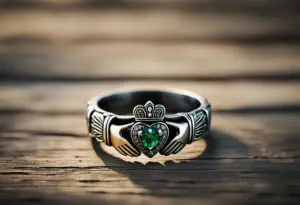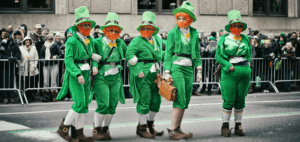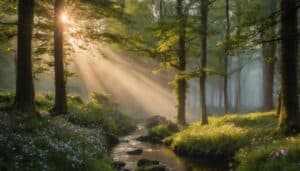Discover Ireland: The Glens of Antrim
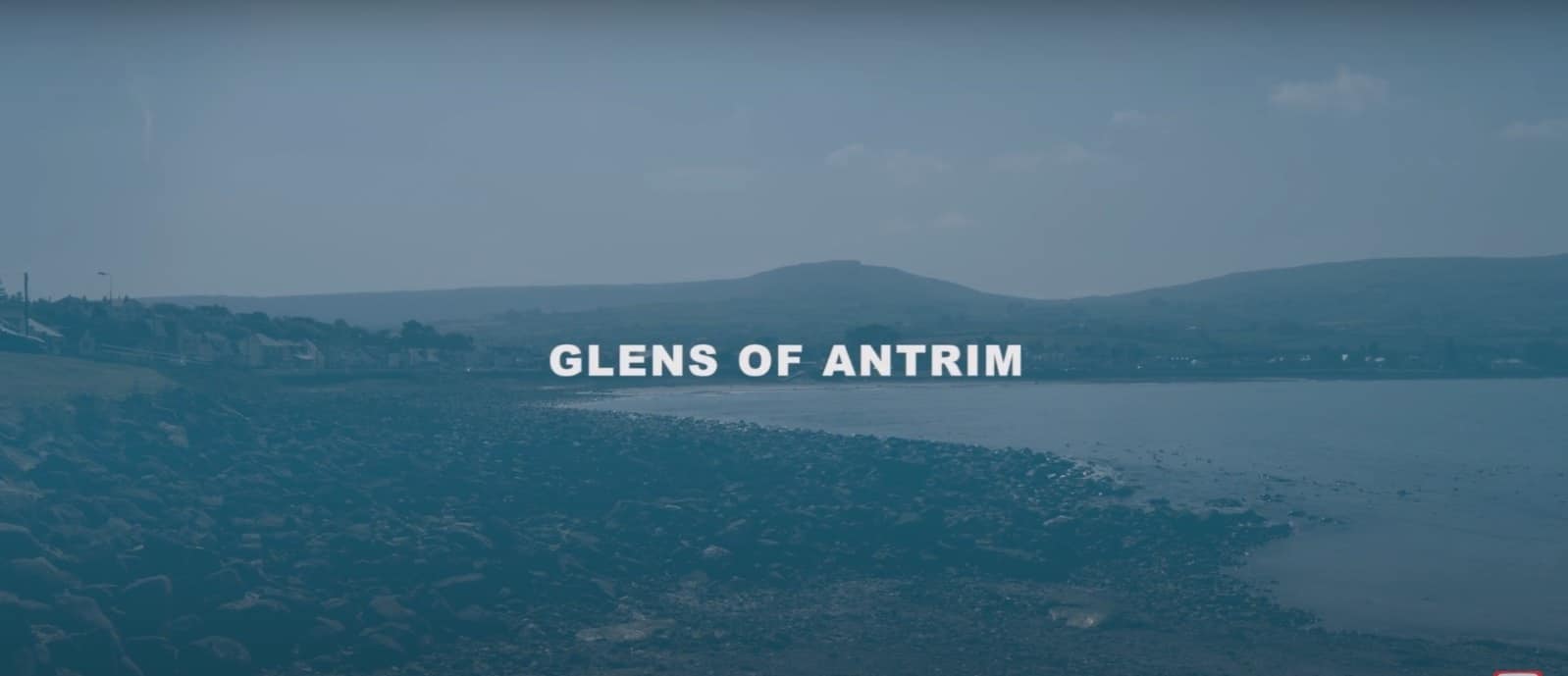
Updated On: April 07, 2024 by Marise
Visiting Ireland and want to find adventure? Live in Ireland and want to do something different? Want to discover the secrets of the Emerald Isle?
Look no further, here at Connolly Cove have shortlisted our favourite hidden spots in Ireland.
The Glens of Antrim:
There are a total of nine ‘Glens’ you must visit here in Antrim: Glenarm, Glencloy, Glenariff, Glenballyemon, Glenaan, Glencorp, Glendun, Glenshesk, Glentaisie
Steeped in history and legends, any traveller of Ireland should take a tour of The Glens and appreciate these beautiful hidden gems found in Northern Ireland.
Glentaisie:
Named after Princess Taisie, daughter of the King of Rathlin Island. Eight kilometres long and most north of the Glens.
Like every part of Ireland- the Glens of Antrim are steeped in Legend. The legend of Glentaisie is “The Children of Lir”. These children were turned into swans by their second mother Aiofe. They wandered for 900 years until St. Patrick came to Ireland, bringing with him Christianity and freeing the children of their curse.
In 1565, there was a great battle fought in this Glen. This battle was between the Scottish MacDonnell’s and the Irish O’Neill’s.
Glendun:
Glendun means ‘brown glen’, a very peaceful area of natural beauty with the largest area of woodland in Northern Ireland.
In the 16th Century, the Penal Laws forced Catholics to attend Mass in secret. Within Glendun, in the Gregagh Wood lies “The Altar in the Woods”. It is rocked carved with a crucifixion scene.
Glenshesk:
Meaning: Glen of the sedges (reeds)
Here, you will find amazing views of Rathlin Island and the Mill of Kintyre. It is a wild, untamed area of natural beauty.
Visitors can find the ruin of Bunamargy Friary, the grave of Sister Julia MacQuillian (black nun). She was a prophetess, an Irish Nostradamus. Many of her alleged predictions have come true, such as:
“Ships will one day sail between Ireland and Scotland without sails”
Her tombstone is a round holed cross. She wanted to be buried at the entrance of the chapel so that everyone who entered the chapel would stand upon her.
Glencorp:
Meaning: “glen of the dead” or “glen of the bodies”
This name possibly came from the early Christian farmsteads and raths that were often attacked and only the bodies remained.
There is a mound called the Fort, it has been identified as a Bronze Age barrow burial mound that dates back to 2500-500BC.
Glenaan:
Meaning: “Glen of the Little Fords”
Here lies many remains of the abandoned village of Knockban, deserted in the 19th Century.
In this same location, lies the legend of Ossian’s Grave. A great poet and warrior, the son of Finn (leader of the Fianna brotherhood). Ossian’s grave is a double-chambered horned cairn.
Glenballyemon:
Meaning: “Glen of Eamon”
This deep, wide glen is the heart of the Glens. A must-see for travellers. Due to its beautiful waterfalls, it was one of the first places in Ireland to produce electricity from water.
The glen slopes down from the highest mountain in Antrim, Trostan Mountain. Here, you will find, a Stone Age Flint Factory where many examples of axe-heads have been discovered.
Glenarm:
Meaning: “Glen of the Army”
It is the most southerly of the glens, at its end, the town of Glenarm. It is the home of the estate of the Earl of Antrim.
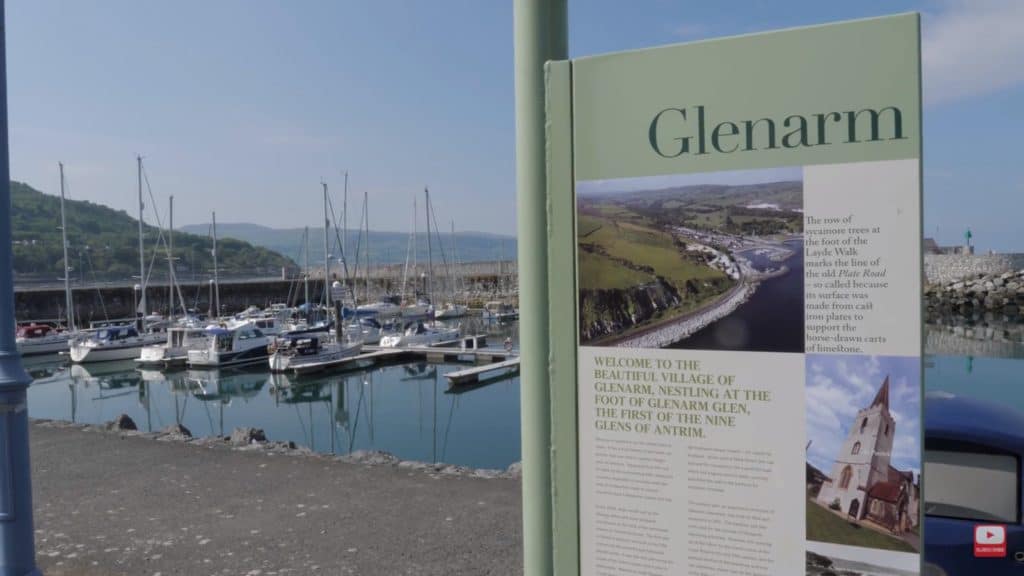
Connecting to the Battle at Glentaisie, this area has been home to the MacDonnells and the resting place of Shane O’Neill (without his head which is said to have been sent to be displayed on a pike at Dublin Castle).
You can also visit the Glenarm Castle, built around 1750 and was restored in 1825. It extends up the Glen, and near the castle remains traces of the old church Templeoughter.
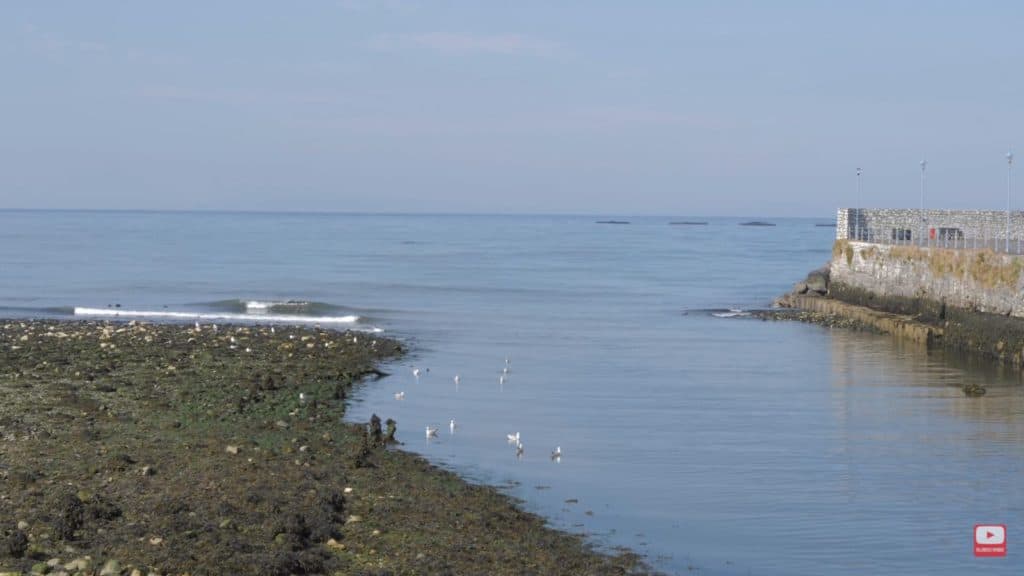
There are many monuments located here: a few Iron Age raths and souterrains, and some late Stone Age Wedge Tombs. Visitors can explore these souterrains (underground burial chamber) with a guide.
Glencloy:
Meaning: “Glen of the Dykes”
This glen is shaped like a sword. It is surrounded by white chalk quarries and reaches out to the Irish Sea at Carnlough. Excavations have discovered that this area has been occupied since 4000BC.
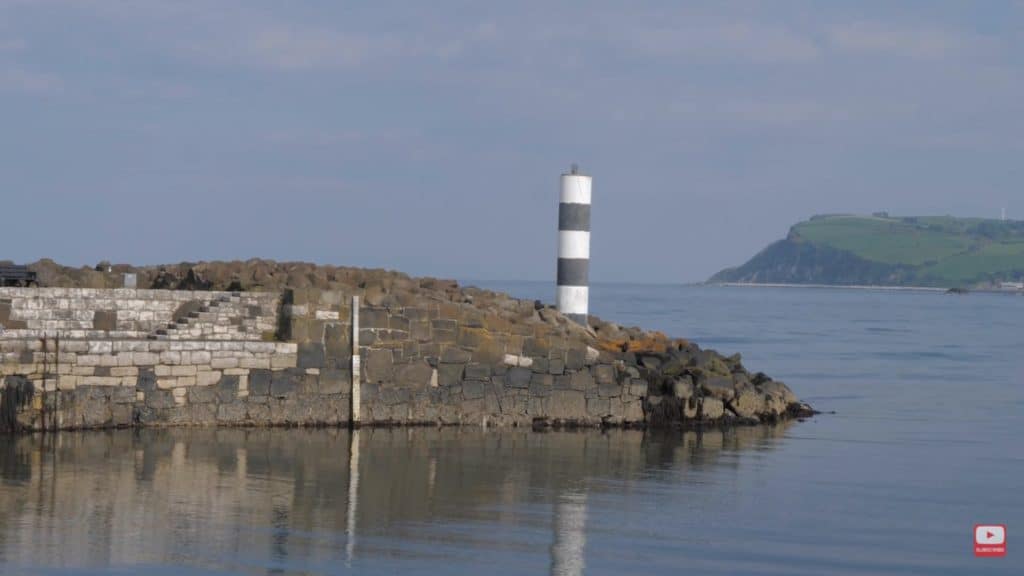
It is home to many waterfalls and at the end of “The Goats Parlour” there is a blessed well said to cure eye-related problems.
Hidden here is the Garron Tower, the home of Marchioness of Derry. The Marchioness built the harbour at Carnlough, used to ship limestone from the quarries for many years.
Glenariff:
Meaning: “Glen of the plough”, also known as the Queen of the glens.
It is a ‘U’ shaped valley with many farms, waterfalls and rivers. Steeped in natural beauty. The Glenariff Nature Reserve Forest Park contains a spectacular view across to the Scottish Coast.
If you enjoyed this tour of the Antrim Glens, be sure to check out more ConnollyCove posts about the secrets of Ireland:
Antrim Castle Gardens, Antrim, Northern Ireland | County Meath: Home to Ireland’s Only Amusement Park | Wicklow National Park, County Wicklow, Ireland


